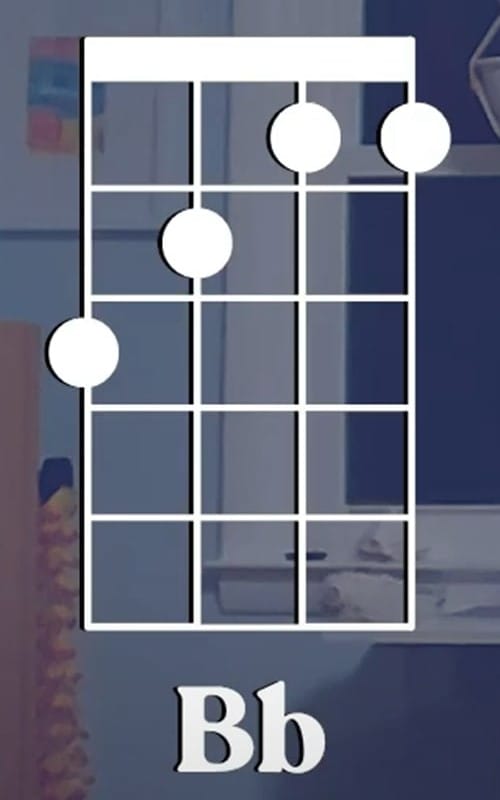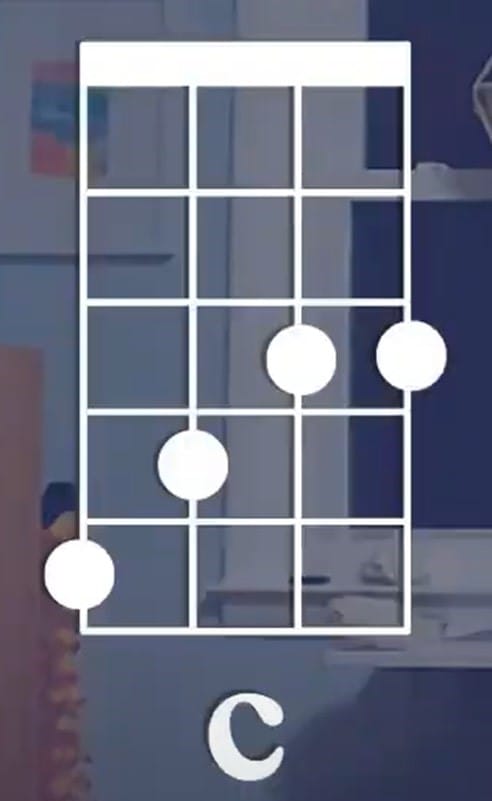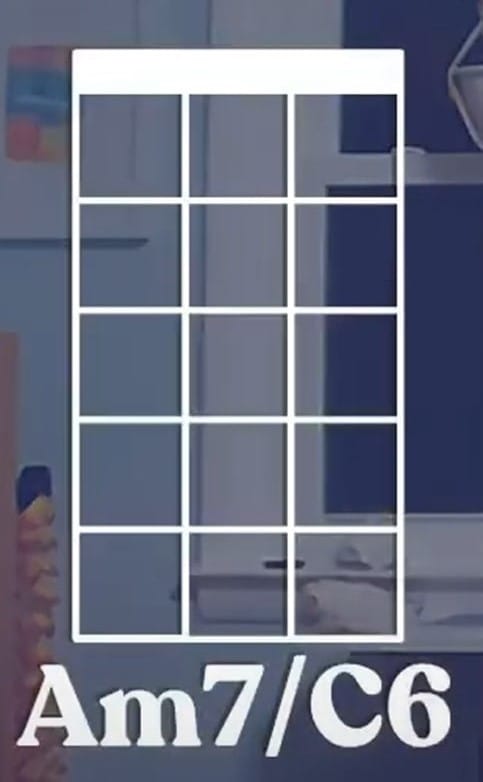Learning barre chords on the ukulele is a game-changer. While they may seem tricky at first, they open up a world of musical possibilities.
Written by John Allnutt / Published December 25, 2024
Last updated: N/A
Today, we’ll break down what barre chords are, how to play them, and why they’re worth mastering. Whether you’re a beginner or a seasoned strummer, this guide will help you add barre chords to your ukulele toolkit.
What Are Ukulele Barre Chords?
Barre chords are chords that require you to hold down multiple strings with one finger, typically your index finger.
- Origin: The term “bar” comes from the French word barré, which means creating a rigid bar shape with your finger.
- Movable Chords: Once you learn a barre chord shape, you can slide it up and down the neck to play different chords.
Example: Movable B Flat (Bb) Chord
- Place your index finger: Cover strings 1 and 2 on the first fret.
- Middle finger: Place it on the second fret of the string 3.
- Ring finger: Press the third fret of the string 4.
- Strum: You’ve got a Bb chord!
Here’s the magic: Slide this shape up two frets, and you’ve got a C chord. Move it two more frets—it’s now a D chord.



You can do that all the way up the neck. With just one shape, you can play 12 new chords!
Why Learn Ukulele Barre Chords?
Barre chords can feel challenging at first, but they come with profound benefits:
- Expand Your Chord Library: Play any chord by shifting a single shape.
- Versatility: Barre chords allow you to play anywhere on the neck.
- Better Voicing: Sometimes, barre chords sound richer or fit a song’s melody better than open chords. For example, the highest notes of the chord could be inside of the melody at the time.
- Group Playing: Add variation by playing barre chord versions while others play open chords.
- Ease of transition: Sometimes, a barre chord can be easier to get to than an open chord.
Step-by-Step: Ukulele Barre Chord Basics
1. Start With Open Strings
Did you know the open ukulele strings make a chord? They form a C6, also known as the Am7 chord, because both have the same notes – CEGA for C6 and ACEG for Am7. In other words, we would have an inversion of C6 and Am7 on the ukulele when no frets are down.
2. Use Your Finger as a Capo

If you’ve ever used a capo, you’re already familiar with barre chords:
- Place a capo on the second fret: Your C6 chord becomes a D6 chord.
- Instead of a capo, use your index finger to press all strings on the second fret. This is your first movable barre chord!
Please note, though, that capo’s purpose is not the same as that of the barre chords. A capo is generally very useful for changing the key of a song very easily, and you can use the open chord shapes whenever you’re playing that.
In other words, a capo basically shortens the ukulele strings to raise the pitch of open-position chords. However, a capo can help simplify some songs that require barre chords.
You can grab a ukulele capo from Amazon here.
Troubleshooting Tips
- If the sound is buzzy, press harder and ensure even pressure.
- Still struggling? You can actually do this thing called a “double stack.” Place your middle finger on top of your index finger. That can sometimes give you that little extra squeeze that you need in order to get those notes out.
- If you’re still struggling to get the sound out even after the double stack, there is a chance that your ukulele might not be set up yet. This means that the strings are just low enough that you barely have to squeeze in order to make a sound. So, you shouldn’t have to go that hard to get each note to come out. You should just barely be able to put your finger down and be able to fret each note.
Common Ukulele Barre Chords to Practice




Here are a few barre chords that every ukulele player should know:
- B Flat (Bb)
- How to play: From the ceiling to the floor, the fingers to the strings would be 3 – 2 – 1 – 1
- This is one of the dreaded chords for beginners, as the sound doesn’t come out well when fingers are wrongly placed within the frets.
- C6/Am7 (Open Strings)
- How to play: You can play both with no frets on any of the strings.
- A great alternative to the standard C chord.
- B7 (Second Fret)
- How to play: Barre the entire second fret and place your middle finger on the third string (third fret).
- Sounds rich and jazzy!
- D7 (Second Fret Variation)
- How to play: Barre the entire second fret and place your middle finger on the first string (third fret).
- So, coming from the B7, you just need to slide down your middle finger from the third string down to the first string. Basically, one finger totally changes everything.
Tips to Practice Ukulele Barre Chords
- Add One to a Song: Replace a familiar open chord with its barre chord version.
- Example: Instead of open C, try a barre chord C (third fret).
- Start Slow: Focus on clean notes and build up speed.
- Check Your Grip: Press with your thumb behind the neck and keep your wrist relaxed.
- Fill Out Your Sound: In group playing, mix open and barre chords to create a fuller tone.
Final Thoughts
Mastering barre chords takes patience and practice, but the payoff is worth it. With these movable shapes, you’ll unlock endless chord possibilities, improve your technique, and elevate your ukulele playing.
So, grab your uke, try out a few barre chords, and don’t give up if it feels challenging at first. Keep practicing, and soon, you’ll wonder how you ever played without them!
Happy strumming, everyone!

John Allnutt
Writer & Ukulele TeacherJohn has been teaching music since 2008 and resides in Richmond, Kentucky with his wife Laura and dog Sam. In his spare time he enjoys growing and cooking food, roasting coffee, playing board games, and spreading joy through playing and teaching music.




